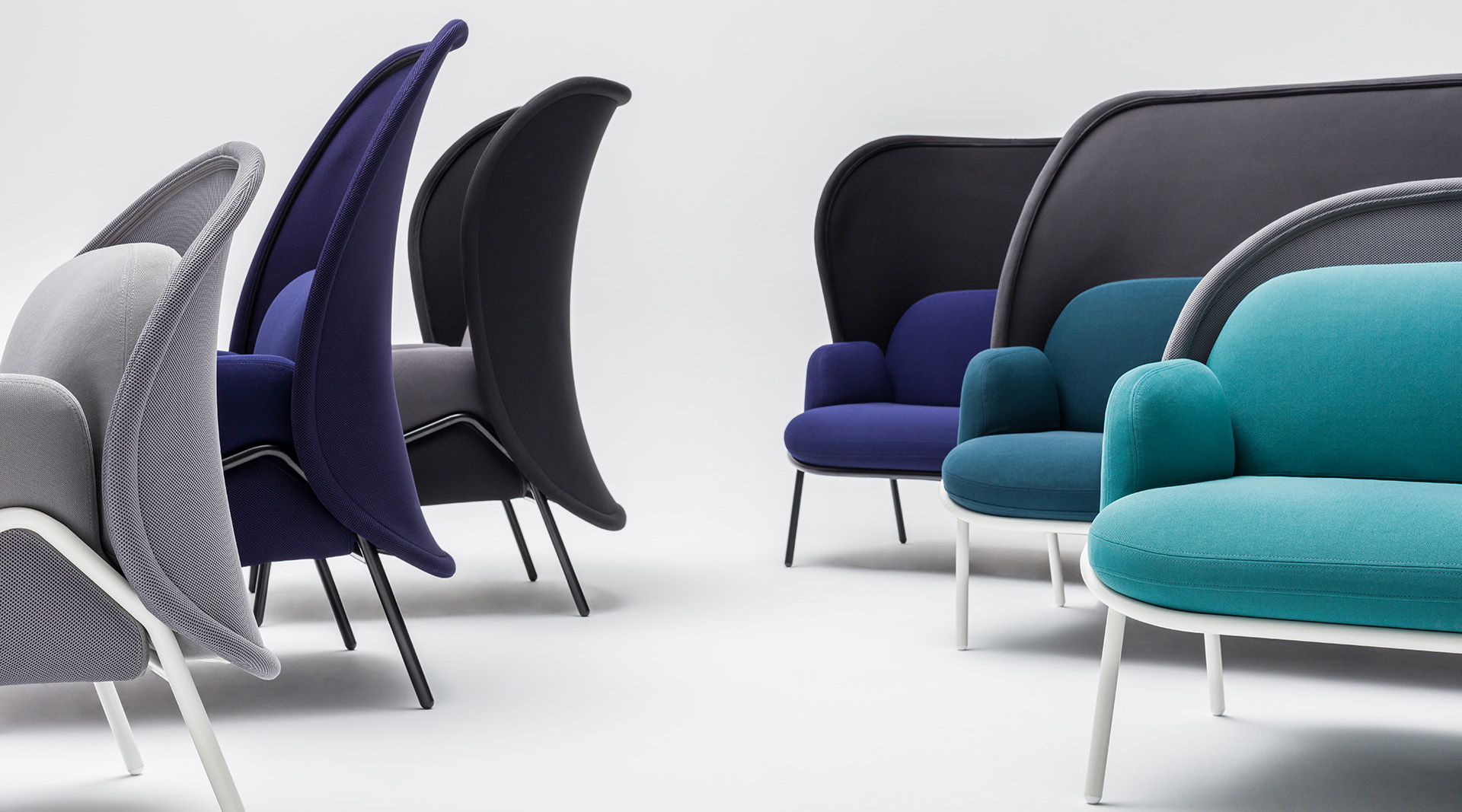
Proper furniture care
Proper furniture care
- Furniture should be used as intended, in rooms protected against the effects of harmful weather conditions, in temperature between +15 and +35 degrees C.
- Do not place furniture in the immediate vicinity of heat sources.
- Do not use furniture in high humidity conditions and places exposed to direct sunlight.
- Follow the assembly instructions, operating on a clean and level surface free from foreign elements.
- Mount the fittings on a hard surface.
- Do not preserve the fittings, only keep them systematically clean.
- Level the furniture before using it.
- Do not move furniture with a full load.
- Do not move furniture by holding the tabletop, as this may damage the structure.
-
During use:
- protect cabinets and shelves against falling over,
- do not overload the shelves,
- do not step on the furniture,
- do not hang cabinets directly above work stations,
- do not leave open drawers and doors in cabinets,
- do not touch the halogen lighting or bulbs directly with your hand,
- do not expose the furniture to direct contact with liquids. Remove any liquid spilled on the surface immediately,
- do not place hot objects on the work surface (use coasters).
- The use of chemicals for furniture maintenance requires testing in a less visible place to avoid damage.
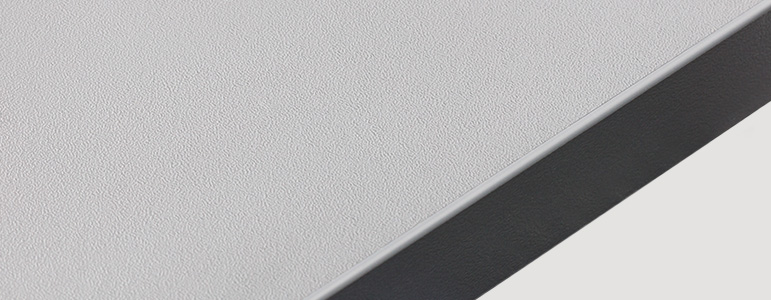
- Avoid heavy soiling.
- Remove dirt and dust with a damp cotton cloth. Maintenance should be carried out at least once a month. After cleaning, wipe the surface dry.
- Do not clean, especially super-mat structure elements (oak) and synchronous structure elements, with alcohol-based agents, glass cleaners and oiling agents in order to avoid irreversible stains.
- Use only agents designed to clean melamine.
- Do not use corrosive or scratching chemicals.
- Do not use preservatives, polishes or oils.
- Protect furniture against heat, water, alcohol, and solvents.
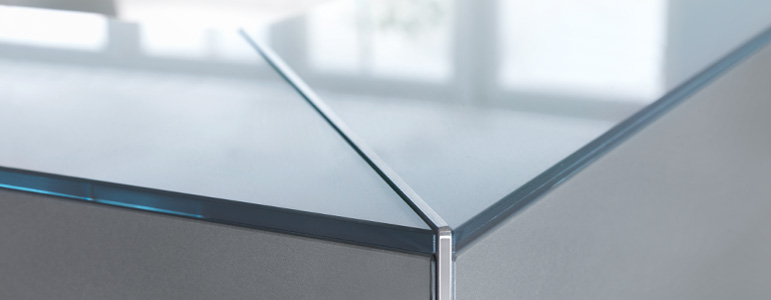
- Use glass cleaners by applying them on delicate fabrics. Subsequently, wipe with dry material until the surface is glossy.
- Do not spray the cleaner directly on the glass, especially at the edges, to prevent liquid from getting under the surface. This can cause paint splashes.
- For better protection of glass surfaces, a hydrophobic coating can be used to prevent smudges or stains.
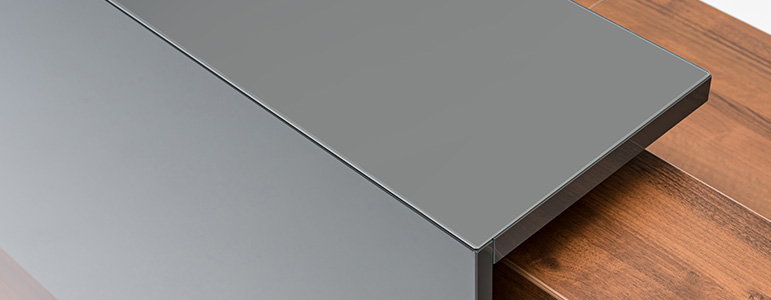
- Remove any dirt immediately, do not allow the dirt to dry out
- Remove dirt and dust with a damp cotton cloth. Maintenance should be carried out at least once a month. After cleaning, wipe the surface dry.
- When cleaning with a wet cloth, always wipe the surface dry with a microfibre cloth to prevent the paint from crumbling and board swelling.
- Do not use cleaning lotions or products containing acetone, ammonia, and alcohol to clean varnished surfaces.
- Avoid intensive cleaning and excessive polishing, as this may tarnish the furniture.
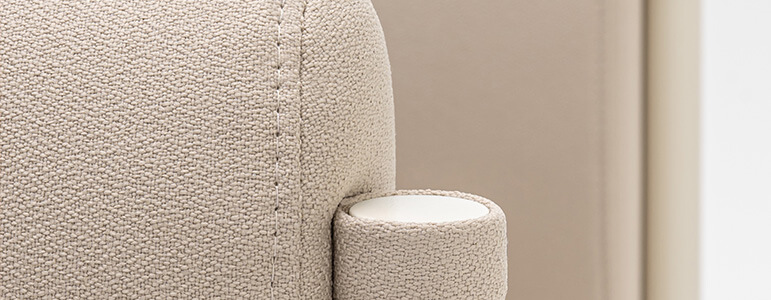
- Clean with a vacuum cleaner with a soft brush.
- Stains should be removed immediately with a damp cloth and upholstered furniture cleaning liquid. Always use proven cleaners according to the manufacturer’s instructions.

- Clean with a damp cloth.
- In the event of deep bruises to the topcoat of the paint, the place must be protected against moisture using mortar varnish. If corrosion has occurred at the site of damage, clean the metal of rust beforehand.
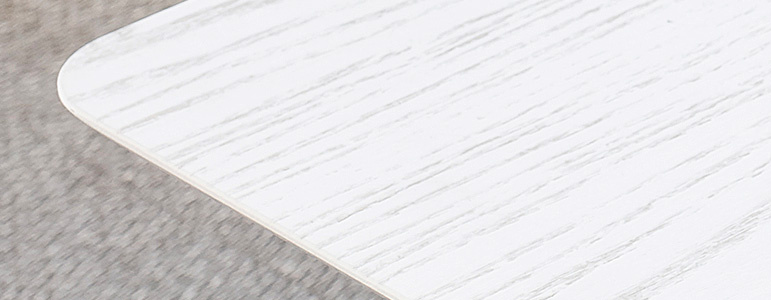
- Veneered furniture is sensitive to scratches and liquids, so it should be cleaned with a slightly damp and soft cloth.
- Do not allow moisture to get under the veneer to prevent it from peeling off.
- Do not use alcohol- and ammonia-based cleaners or other chemical solvents that can damage or discolour the veneer.
- Do not use corrosive or scratching chemicals.
- Do not use polishing or oiling preservatives.
- Protect furniture against direct contact with heat, water, alcohol and solvents.

- Use a cloth moistened with water for the daily care of laminate worktops.
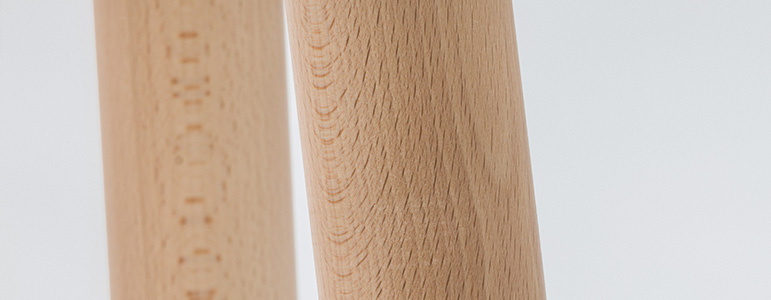
- Use a soft cloth, preferably from natural fibers, to clean the wood.
- Avoid wet cleaning. It is allowed to use a slightly damp cloth. Wipe dry after cleaning.
- The humidity of the air in the room in which the furniture is located should be 40 – 60%
- For cleaning only use agents marked as intended for the care of wooden surfaces.
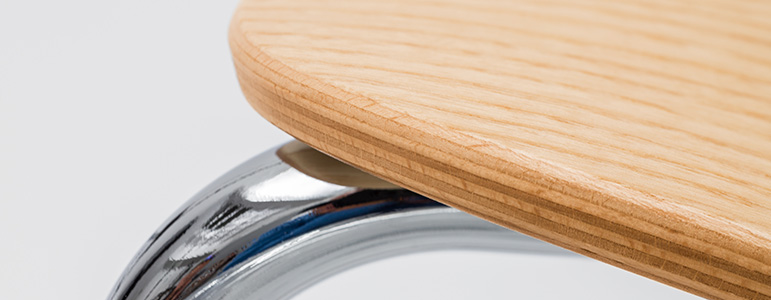
- Clean stains with a slightly damp cloth.
- Use delicate materials to avoid damaging the surface.
-
Regular cleaning
- Clean with a damp cloth; use neutral pH detergents may be used if necessary.
- For frequent cleaning, a mixture of water and neutral soap or wax may be used.
- Remove stains immediately after they appear.
-
Preventive measures and stain removal
- Sharp objects may scratch the linoleum; in case of any doubts, use a soft, e.g. felt pad.
- Remove stains (e.g. coffee, tea, red wine, ink) immediately after they appear.
- Prevent stubborn stains: use protective stands under plant pots, vases, mugs etc.
- To remove stubborn stains, such as ink stains, use a clean cloth and a natural detergent.
- Some stains and discolorations can be removed or made less visible with turpentine or a similar oil dissolvent.
- Do not use any alkaline or alcohol-based cleaning agents, as they might cause damage to the surface.